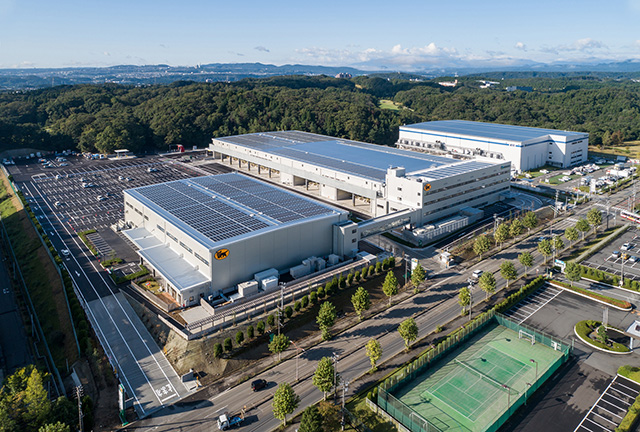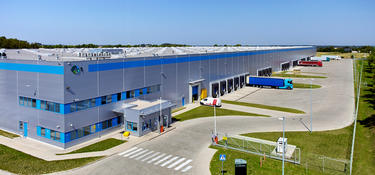BREEAM vs. LEED: How Do They Differ?
“LEED” stands for “Leadership in Energy and Environmental Design.” It is a certification program run by the nonprofit U.S. Green Building Council (USGBC) and includes rating systems for everything from design to construction, operation and maintenance of homes, buildings and even complete neighborhoods.
While both programs deal with the environmental sustainability of a building, the biggest difference between the two is how the rating is awarded. BREEAM uses licensed assessors who examine the evidence against the credit criteria. If BRE decides the building meets its requirements, BREEAM accreditation is issued.
Unlike BREEAM, however, LEED does not use assessors to collect evidence for certification. Instead, the building’s design team collects data and sends it to the USGBC. Once the data is examined, LEED certification is awarded if the building meets the requirements.
Additional differences between the two programs include:
- LEED’s thresholds are based on percentages, while BREEAM uses quantitative standards.
- LEED is considered to be simpler in its approach, while BREEAM is more academic and rigorous.







